In the past decades, technological advancements have made digital products an indispensable part of our lives. From smartphones and computers to cameras and tablets, the variety and functionality of digital devices continue to expand, bringing us greater convenience and enjoyment.
User interface (UI) serves as the crucial bridge between users and these digital products, thus greatly shaping how we interact with technology in nearly every aspect of our lives. Whether we're browsing websites or navigating mobile apps, UI design plays an crucial role in enhancing user experience and facilitating smooth and efficient interaction with digital products.
As a result, the ability to design intuitive and user-centered interface is becoming increasingly valuable for every UI designer. How to improve this ability? That is exactly what you are going to discover in this article.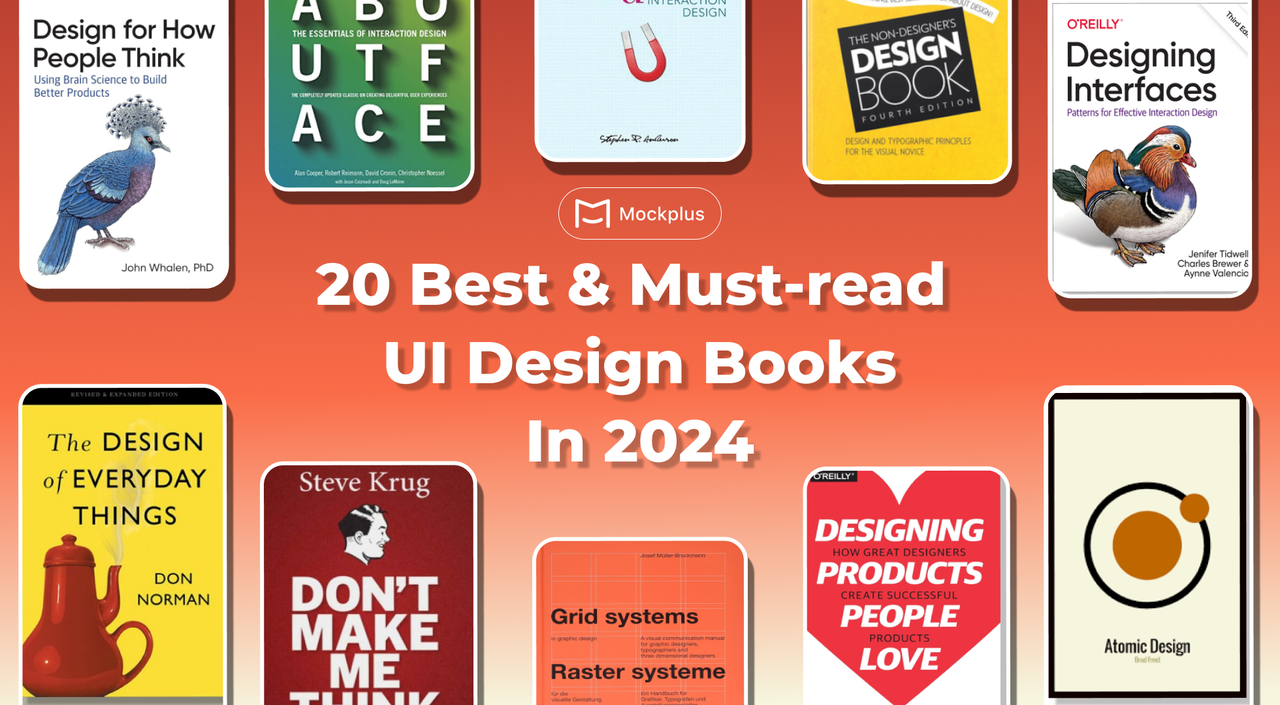
Why learn about UI design?
User interface design goes beyond just aesthetics. While creating visually appealing interfaces is important, there's more to it than meets the eye.
There is a well-known design principle that you've likely come across - "Less is more". This concept highlights the importance of avoiding clutter in UI design. Simplicity and minimalism often result in better outcomes and experiences.
By understanding fundamental design principles and rationale behind UI design, designers can ensure that every design element serves a purpose and avoid unnecessary complexity. Consequently, it can not only enhance user experience by reducing cognitive load and improving usability but also foster a sense of sophistication and timelessness in design aesthetics.
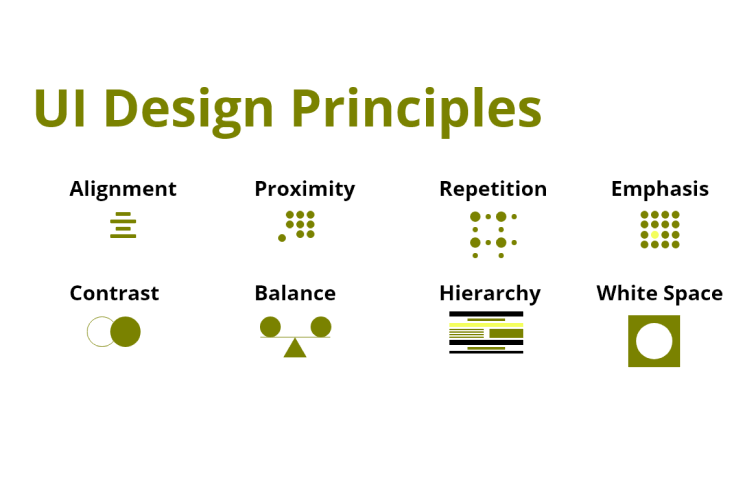
Furthermore, UI design is rapidly evolving. Even for professional designers, it can be challenging to stay updated on design trends, best practices, new design tools and emerging technologies. Learning about UI design can also ensure that their skills remain relevant in a dynamically evolving UI industry.
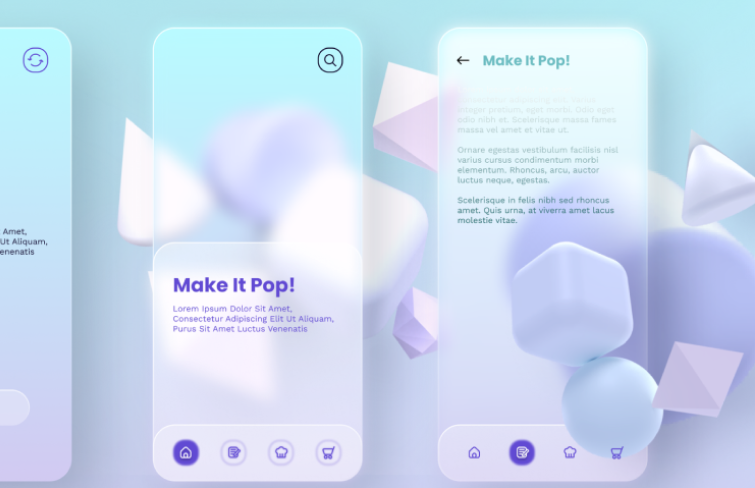
How to learn about UI design?
In today's digital age, with the abundance of resources available on the internet, learning UI design has become much easier, more diversified and accessible than ever before! Here are some popular methods for learning about UI design today:
Online Courses: Some designers choose to enroll in reputable online platforms offering UI design courses, such as Udemy, Coursera and more. There are plenty of courses you can choose from, covering fundamental principles, tools, and techniques, often taught by industry professionals.
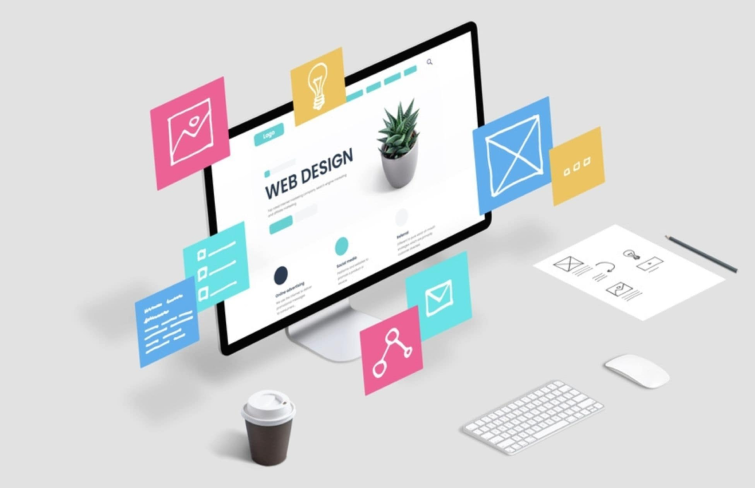
Design Communities: Join some famous design community such as Dribbble, Behance and Pinterest. You can engage with other designers, seek feedback on your work, learn from their designs and and stay updated on industry trends and best practices.
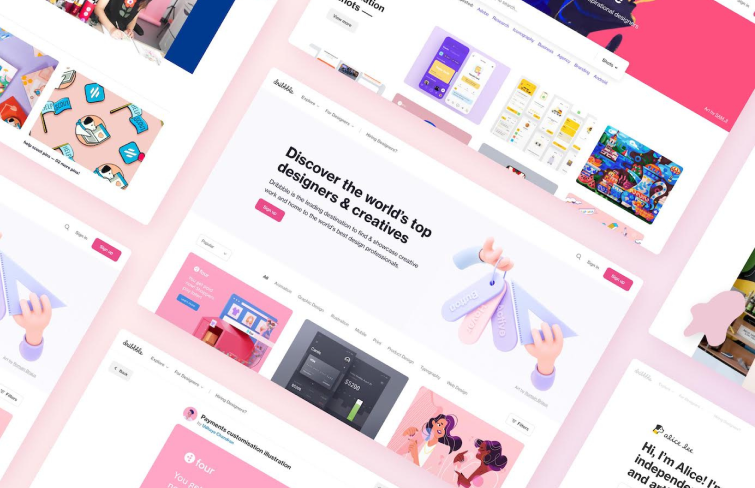
Social Media: Nowadays, social media platforms can also be valuable resources for learning about UI design. Follow renowned UI designers and design influencers on platforms like TickTok, Youtube,Twitter, LinkedIn, and Instagram. They often share insights, tips, and resources related to UI design.

UI Design Workshops: Participate in live or recorded workshops conducted by industry professionals or design schools. Workshops often offer interactive sessions and practical exercises to enhance learning.

Design Podcasts: Listen to design podcasts hosted by industry experts and practitioners. It offers valuable insights, interviews, and discussions on various aspects of UI design, helping you stay informed and inspired.

UI design Books: Learn from quality UI design books authored by experienced designers.
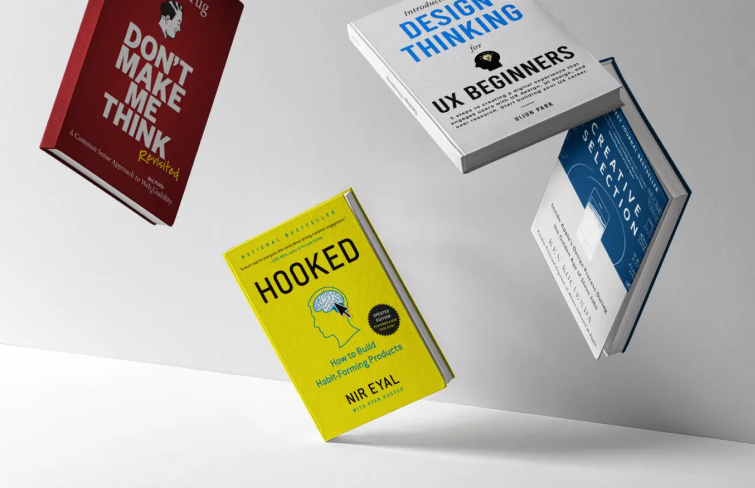
Despite the diversity and abundance of design resources online, it's still highly recommended to learn UI design from books. Books often provide more comprehensive coverage of UI design principles, theories, and techniques. They offer in-depth explanations and examples, allowing learners to gain a deeper understanding of the subject matter. It complements online resources, offering learners a comprehensive education on UI design. Here we picked 20 best UI design books to help you accelerate your learning process.
20 Best UI Design Books
The Design of Everyday Things: Revised and Extended - Don Norman
The Design of Everyday Things is the ultimate must-read design book for every UI/UX designer, even though it's not solely about UI or UX as we know them today. Instead, it delves into the design of everyday objects in a philosophical way, inspiring designers and expanding their perspectives. The rules are simple: make things visible, exploit natural relationships that couple function and control, and make intelligent use of constraints. This book help designers understand the philosophy behind creating user friendly design and still making it more than just a user friendly design.
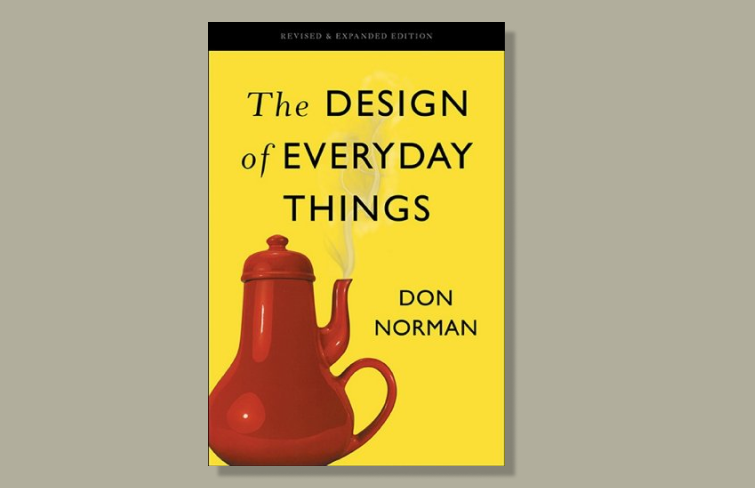
Don't Make Me Think, Revisited- Steve Krug
Don’t Make Me Think actually isn’t specifically a UI design boo, but since it was first published in 2000, hundreds of thousands of Web designers and developers have relied on Steve Krug’s guide to help them understand the principles of intuitive navigation and information design. Based on years of industry experience, Steve Krug delves into user psychology, offering unique perspectives on user usage patterns, design for browsing, navigation design, homepage layout, usability testing, and more. He also provides plenty of simple and actionable advice for usability design that will help you design better interfaces for your users.
Now Steve returns with fresh perspective to reexamine the principles that made Don’t Make Me Think a classic–with updated examples and a new chapter on mobile usability.
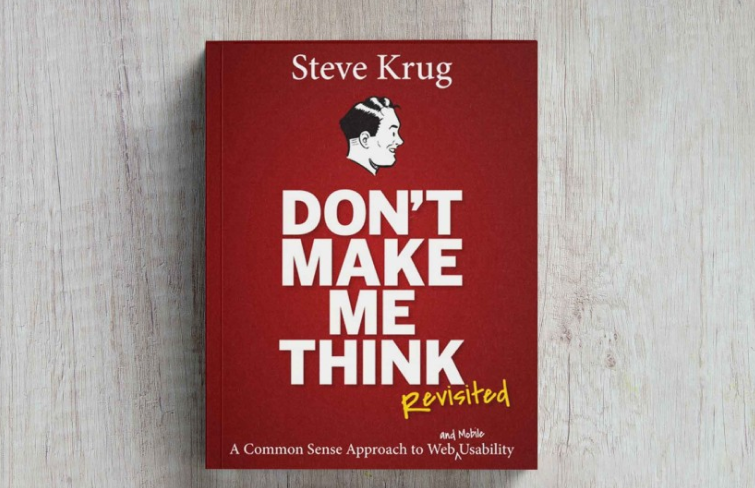
The Non-Designer’s Design Book - Robin Williams
This is a timeless design book written by graphic designer and design educator Robin Williams. In this book, she has distilled complex design principles into four simple fundamental principles: proximity, alignment, repetition, and contrast through her straightforward and light-hearted style. For nearly 20 years, she has taught hundreds of thousands of designers and non-designers how to make their designs look professional with these surprisingly simple principles.
Now in its fourth edition, it provides additional practical design guidance, including a new chapter on typography fundamentals, more quizzes and exercises to enhance your design skills, updated projects for hands-on practice, and fresh visual and typographic examples to ignite your creativity.
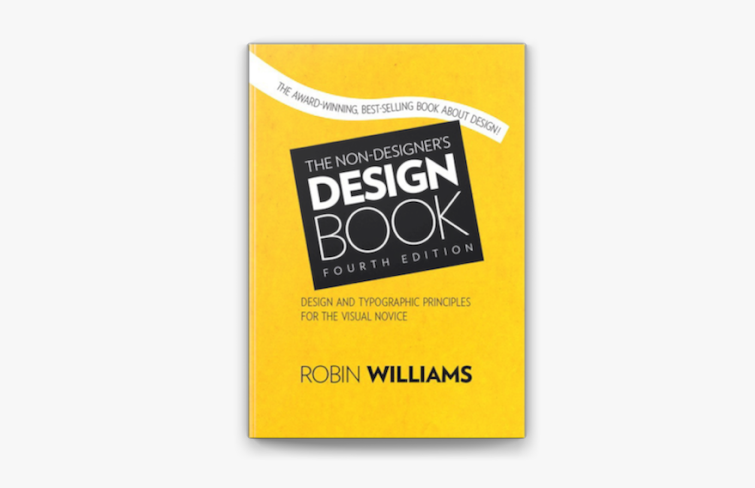
The Elements of User Experience - Jesse James
Published in 2002, the elements of user experience cuts through the complexity of user-centered design for the Web with clear explanations and vivid illustrations that focus on ideas rather than tools or techniques.
In this book, James Garrett gives readers the big picture of web user experience development, from strategy and requirements to information architecture and visual design. He defines user experience as the way a product connects and interacts with the outside world and outlines the five hierarchical elements of user experience, listed from bottom to top as the strategy, scope, structure, skeleton, and surface. Simply put, these five layers define the rules that a product must follow to create a positive user experience, from conception to the end product.

Simple and Usable: Web, Mobile, and Interaction Design - Giles Colborne
Giles Colborne is the co-founder and CEO of user experience services company cxpartners. He specializes in organizational change, service design, user-centered design, and product strategy, and boasts deep insight and rich experience in user experience design.
In this book, based on more than 20 years of practical experience, Giles Colborne explained why simplicity is attractive, explores the laws of simplicity, and summarized four strategies to simplify design: remove, hide, organize and displace. This is the first book on the topic of simplicity aimed specifically at interaction designers. It shows how to drill down and simplify user experiences when designing digital tools and applications.

About Face 4: The Essentials of Interaction Design - Alan Cooper
This books covers a wide range of UI and UX design topics for you to design the best possible digital products and services. You’ll learn the principles of good product behavior and gain an understanding of Cooper’s Goal-Directed Design method, which involves everything from conducting user research to defining your product using personas and scenarios. It provides some very clever things one can apply to UI design, and also highlights the common mistakes made.
Fourth Edition is the latest update to the book that shaped and evolved the landscape of interaction design. This comprehensive guide takes the worldwide shift to smartphones and tablets into account. New information includes discussions on mobile apps, touch interfaces, screen size considerations, and more.

Refactoring UI - Adam Wathan, Steve Schoger
Written by a developer-designer duo, Adam Wathan and Steve Schoger from TailwindCSS, this book is originally for developers in mind. It's orignally aimed at developers who are looking to improve their UI designs when there’s no designer on a project. That's why it covers amost all the fundamental design principles behind good modern user interface design. It consists of eight chapters and covers essentials such as hierarchy, layout, spacing, typography, color, and more. Therefore, it's beneficial not only for developers without a design background but also for beginners seeking to learn fundamental design principles

Designing Interfaces - Jennifer Tidwell
This book basically documents hundreds of different UI patterns. Each pattern includes examples of best practices of when, why and how to use that pattern in your interface designs. Experienced UI designers would probably be familiar with most of these UI patterns and examples, but it would be a great resource for those with less experience in UI design. This book isn’t focused on the user experience process as a whole; instead, it takes a more practical look at the many UI patterns used to construct an interface.

Do You Matter?: How Great Design Will Make People Love Your Company - Robert Brunner
Delivering great designs is not easy. Many companies accomplish it once, or twice; few do it consistently. The secret: building a truly design-driven business, in which design is central to everything you do. Do You Matter? shows how to do precisely that. Legendary industrial designer Robert Brunner (who laid the groundwork for Apple's brilliant design language) and Stewart Emery (Success Built to Last) begin by making an incontrovertible case for the power of design in making emotional connections, deepening relationships, and strengthening brands. In this book, you'll learn what it really means to be "design-driven" and how that translates into action at Nike, Apple, BMW and IKEA.
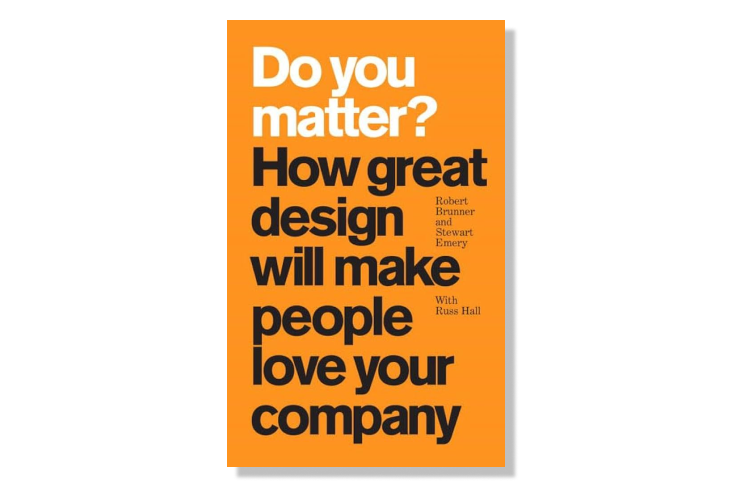
Atomic Design - Brad Frost
Atomic Design details all that goes into creating and maintaining robust design systems, allowing you to roll out higher quality, more consistent UIs faster than ever before. This book introduces a methodology for thinking of our UIs as thoughtful hierarchies, discusses the qualities of effective pattern libraries, and showcases techniques to transform your team's design and development workflow.
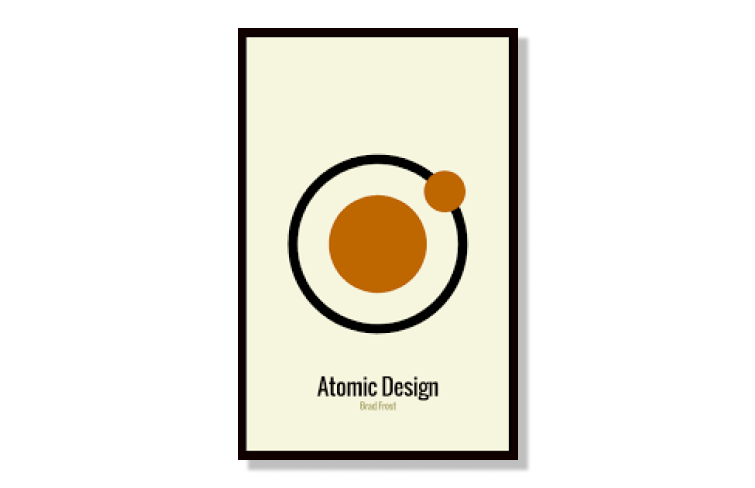
UI is Communication - Everett N McKay
This book isn't filled with complex theories but rather arms you with practical solutions for real-world UI design dilemmas. In this book, Everett McKay's premise is that a user interface is ultimately a conversation between users and technology. He explains how to design intuitive user interfaces by focusing on effective human communication – considering what message it should convey, how to convey it, and when. By framing UI design in this way, you can establish a sturdy foundation for effective design. Additionally, the book offers numerous real-world examples and design transformations to illustrate these concepts effectively.
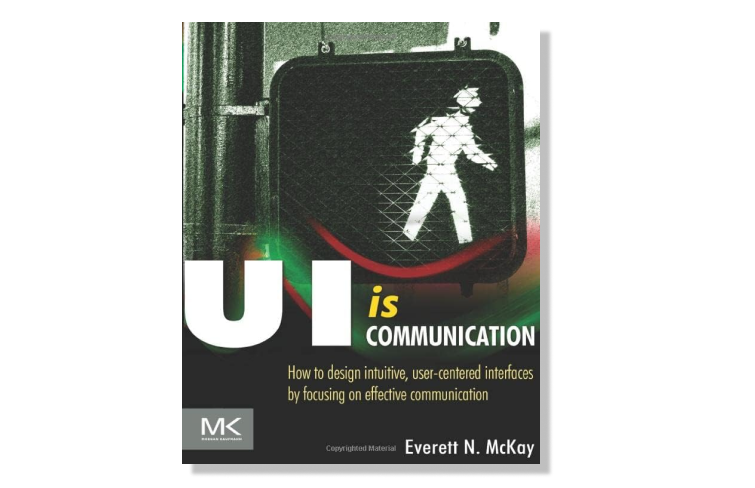
UI Design Principles - Michael Filipiuk
Michael Filipiuk is a freelance UI Designer who built a community of over 100,000 fantastic designers across various social media platforms. His book UI Design Principles is a complete guide to UI Design, condensed to over 500 pages. It's everything you need to know to create clean, beautiful, and usable interfaces from scratch. In this book, he explains UI design principles about grids, typography, micro interactions and animations, UI Design common mistakes, usable mobile and web layout design tips and tricks, UI Design process from start to finish.

The Elements of Typographic Style - Robert Bringhurst
Typography is crucial in every design, regardless of the website or app type. It involves more than just picking words and fonts. The Elements of Typographic Style is considered the “bible” for typographers the world over. In this book, Robert Bringhurst , a renowned typographer and poet, brings clarity to the art of typography. Combining practical, theoretical, and historical, this book is a must for graphic artists, designers, or anyone working with the printed page using digital or traditional methods.
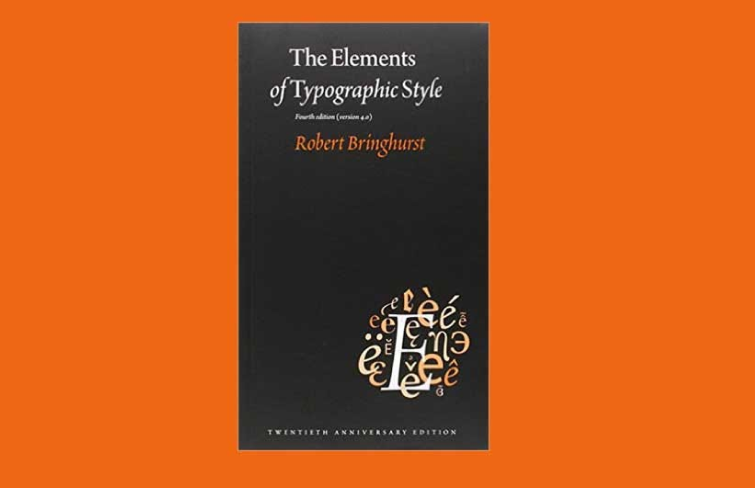
Grid Systems in Graphic Design - Josef Müller-Brockmann
Josef Müller-Brockmann, a renowned designer and educator. He made numerous contributions to design, including the use of grids, asymmetrical layouts, and sans-serif type. The Grid Systems in Graphic Design is widely regarded as the definitive work on the use of grid systems in graphic design. It's a must-have resource for anyone looking to improve their understanding of grid-based design. In this book, Josef Müller-Brockmann provides a visual communication manual for graphic designers, typographers, and three-dimensional designers, explaining the principles of grid-based design and how to apply them in practice.

Designing with the Mind in Mind: Simple Guide to Understanding User Interface Design Guidelines - Jeff Johnson
This is a book on human psychology and how designers can use basic human understanding to help them experience better interfaces. In this book, Jeff Johnson provides an essential source for user interface design rules and how, when, and why to apply them, arming designers with the science behind each design rule, allowing them to make informed decisions in projects and to explain those decisions to others. This updated and revised version includes additional coverage on human choice and decision making, hand-eye coordination and attention, and new mobile and touch-screen examples throughout.

Digital Design Essentials: 100 ways to design better desktop, web, and mobile interfaces - Rajesh Lal
Rajesh Lal is an expert in the realm of digital design. In this book, he goes through 100 design tips through real-life examples, case studies, and more to demonstrates how to apply design principles in a variety of desktops, web pages, mobile devices and other touchscreens. Filled with straightforward strategies in a visual format, it’s an essential volume for any designer working in the digital realm.
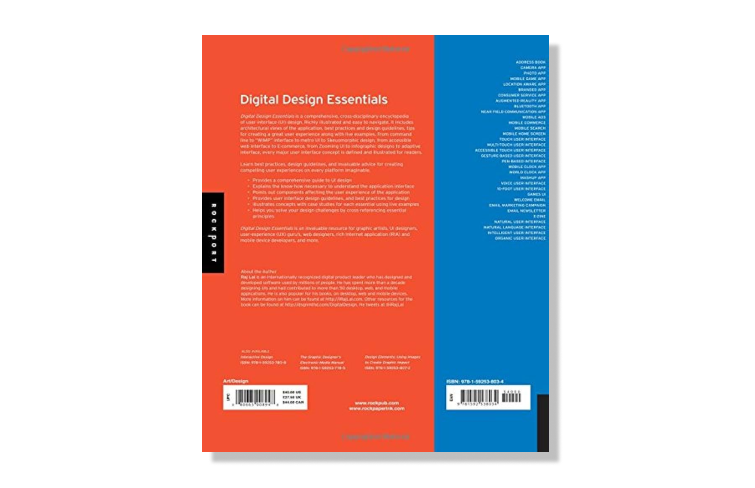
Seductive Interaction Design: Creating Playful, Fun, and Effective User Experiences - Stephen P. Anderson
"Seductive Interaction Design" is a must-read for anyone in UX design. It covers the principles and techniques of engaging design, offering practical advice for creating compelling user experiences. In this book, Stephen P. Anderson, a well-known expert in the field, takes a fresh approach to designing sites and interactions based on the stages of seduction. This beautifully designed book examines what motivates people to act. Principles from psychology are found throughout the book, along with dozens of examples showing how these techniques have been applied with great success. In addition, each section includes interviews with influential web and interaction designers.
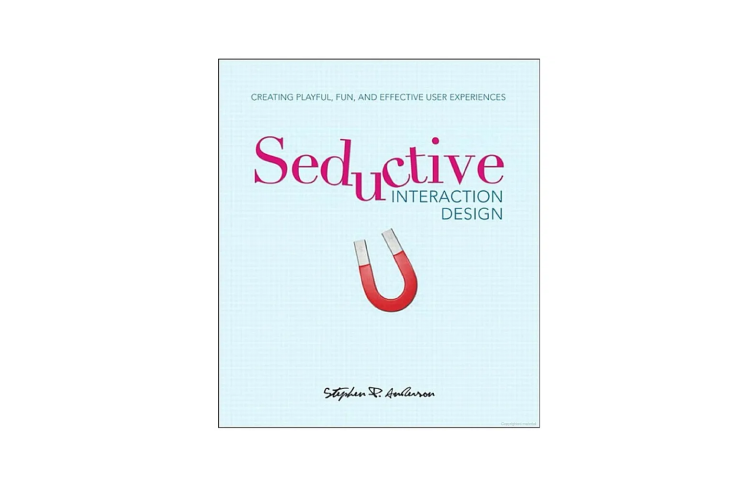
Designing Products People Love: How Great Designers Create Successful Products - Scott Hurff
The author Scott Hurff,a product designer and author, studied the history of creating successful services and products, identified similar processes and strategies for success, and wrote this book for those who want to develop the best digital products. With this practical book, readers can learn from some of the best product designers in the field, from companies like Facebook and LinkedIn to up-and-coming contenders, and understand how to discover and interpret customer pain.
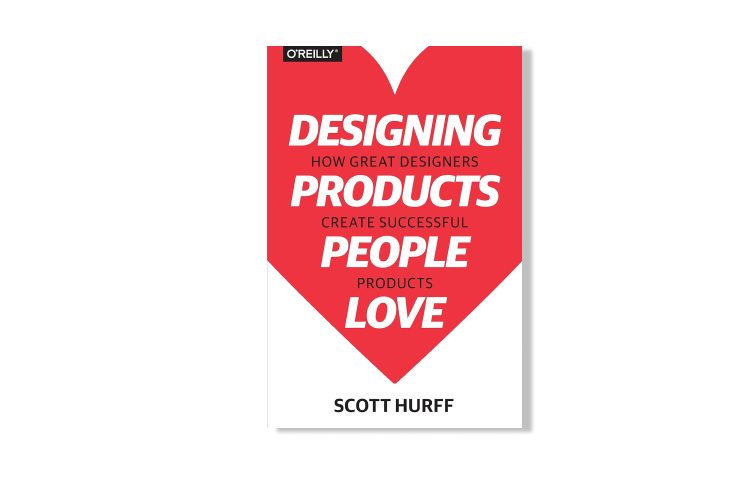
This book presents the "Hooked Model", a four-step process that companies follow to create habits in customers. By repeatedly engaging users through this cycle, successful products encourage them to return without relying on expensive advertising or aggressive messaging. Aimed at product managers, designers, marketers, startup founders, and those interested in understanding human behavior, this book provides valuable insights into creating products that people want to use.
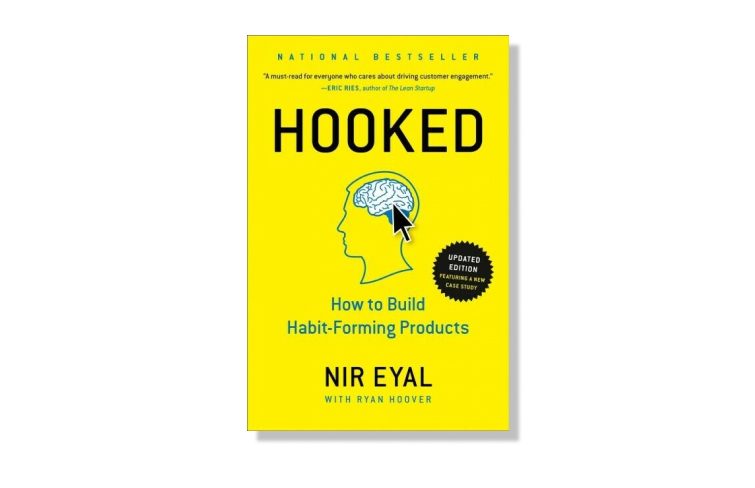
Design for How People Think: Using Brain Science to Build Better Products - John Whalen PhD
This is a book that helps you uncover critical insights about how your customers think, so you can create products or services with an exceptional experience. In this book, the author John Whalen PhD explains on three main points: understanding how brilliant experiences are formed, gathering insights through customer interviews, and applying these insights to product design. He also provides practical examples of how the Fortune 100 used this system to build highly successful experiences.
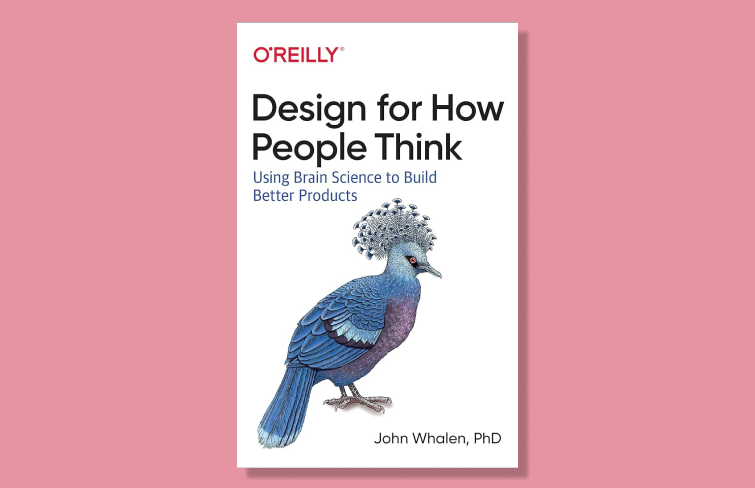
Conclusion
UI interface is an integral part of nearly every aspect of our daily life. It is not just about aesthetic design but also a critical component of human-computer interaction that influences user behavior, perceptions, and overall satisfaction.
Today, we introduced a variety of ways and listed 20 best UI design books to help you learn about UI design. By using UI design books as a supplementary learning resource alongside other online materials, everyone who wants to improve their UI design ability can gain a comprehensive understanding of UI design principles, techniques, and best practices, enhancing their skills in designing compelling and user-friendly user interfaces, and advancing their careers in this dynamic and competitive field.



































